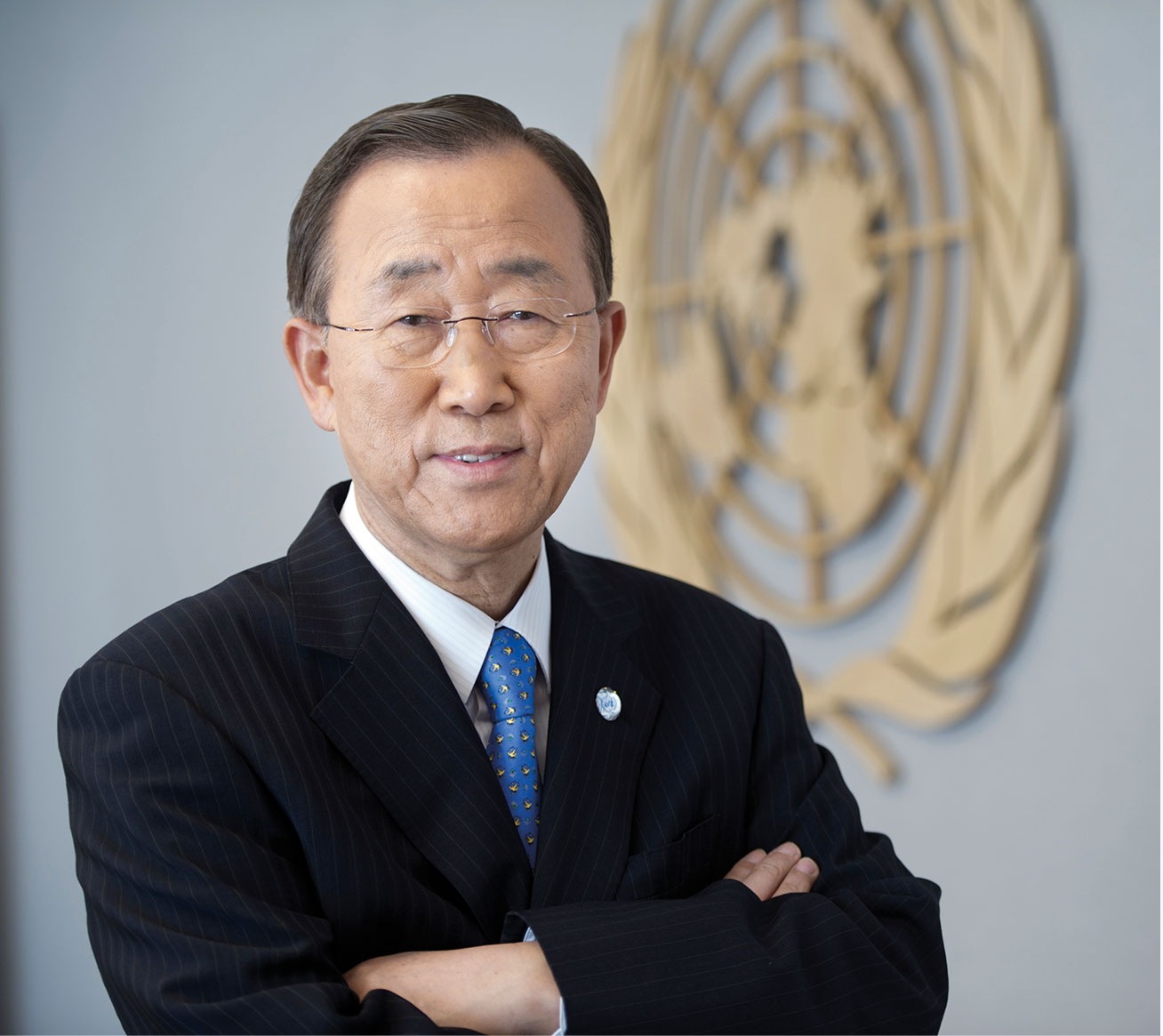
The first International Widows Day: Raj Loomba and local school children release 1,000 coloured balloons at Tower Bridge London 23 June 2005.
Having launched International Widows Day as a Loomba Foundation initiative, Raj Loomba set about plotting the course from Tower Bridge to United Nations Plaza. From the start, he was determined to persuade the United Nations to adopt International Widows Day as one of its own official days of action. That would provide a platform to engage all countries, and to create structures through which human rights campaigners, community organisations and people of goodwill could all collaborate.









